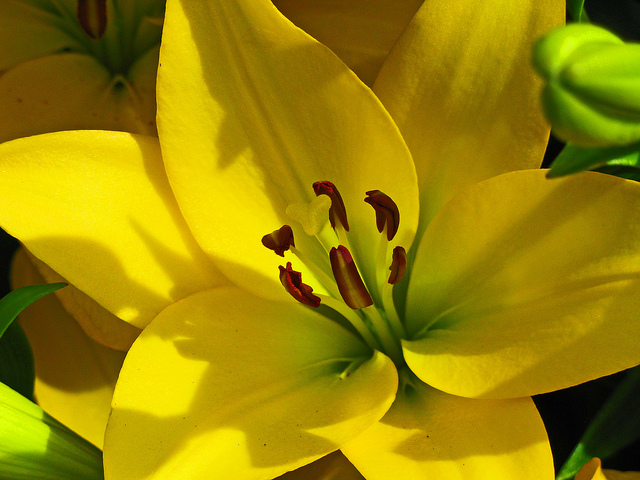 In this landscape as inhospitable as is the Teide National Park grows one wonderful vegetation consists of 168 plant, them 58 are considered Canarian endemic plants that are adapted to the harsh conditions of life such as the altitude, strong insolation, temperature range and lack of moisture.
In this landscape as inhospitable as is the Teide National Park grows one wonderful vegetation consists of 168 plant, them 58 are considered Canarian endemic plants that are adapted to the harsh conditions of life such as the altitude, strong insolation, temperature range and lack of moisture.The diversity of plant species in the Teide National Park is notable for its wealth, harboring abundant endemic, either to the island, regional and local .
 Stresses such as red tajinaste (Echium wildpretii), the jara de Las Cañadas (Cistus osbeckifolius), the rose of the Guanche (Bencomia extipulata), in serious because its population does not exceed 50 copies and poor Helianthemum juliae.
Stresses such as red tajinaste (Echium wildpretii), the jara de Las Cañadas (Cistus osbeckifolius), the rose of the Guanche (Bencomia extipulata), in serious because its population does not exceed 50 copies and poor Helianthemum juliae.  The most common plant formation in these places is the summit Retamar, with starring Teide broom. The wall or amphitheater of Las Cañadas is a refuge for many species and different gender houseleeks Aeonium, and in some isolated specimens escarpments cedar grow canary (Juniperus Cedrus) and Canary Island pine (Pinus canariensis).
The most common plant formation in these places is the summit Retamar, with starring Teide broom. The wall or amphitheater of Las Cañadas is a refuge for many species and different gender houseleeks Aeonium, and in some isolated specimens escarpments cedar grow canary (Juniperus Cedrus) and Canary Island pine (Pinus canariensis).At the foot of the slopes, find suitable places for bugloss, while populations of dwarf Teide bugloss are very localized, growing preferentially on pumice soils.
In a place as dry as this there are nevertheless some sources and wetlands, where species such as water lovers aromatic mint (Mentha longifolia) and water cerrillo.


Teide Violet .Viola cheiranthifolia
Overcoming altitude 2.400m plant grows very fragile and delicate, Teide violet (Viola cheiranthyfolia), This not only is one of the few plants that live in the high mountain, but also is within the large group of flowering plants at higher altitudes throughout the country .
The Peak Codeso abundant shrub in the Teide National Park, is easily distinguished by its characteristic hemispherical shape and spring puts his unique touch of color to the volcanic landscape of the park when filled with small yellow flowers. Its common name because when it receives it appears dry straw. Pajonera grass is a good example of adaptation to high mountain climate of this part of the island.
Up small shrub 50 cm, branched from the base, giving it a more or less globular, elongated leaves, hairy and divided, with long, thick petioles.
The vegetation has colonized this world slowly lava, root in the soil almost nonexistent but rich in nutrients and minerals, where lichens are often the only ground cover of nonvascular plants.


A gift,in such a barren place surprised the miracles of nature …..